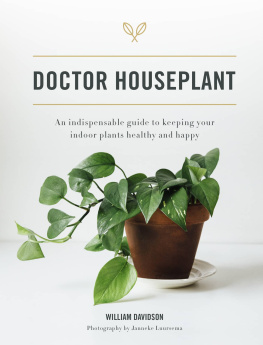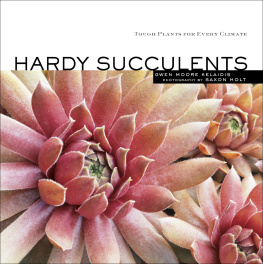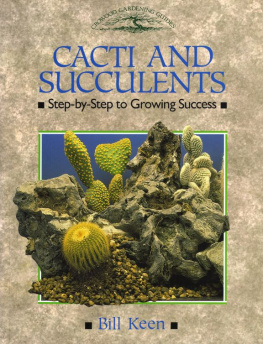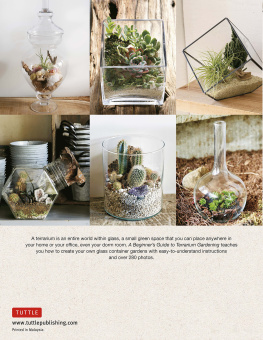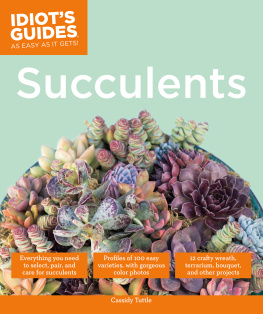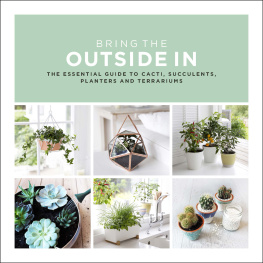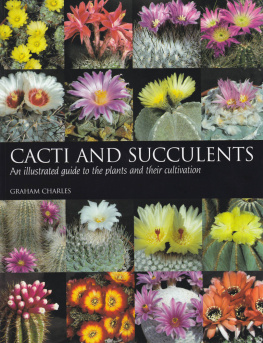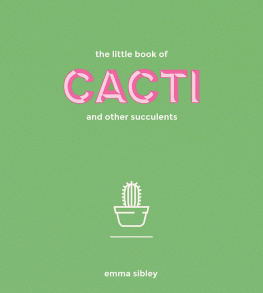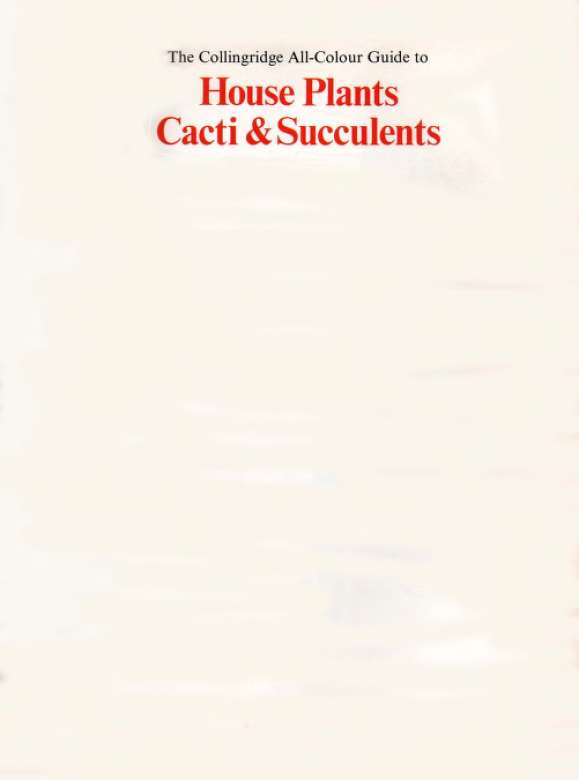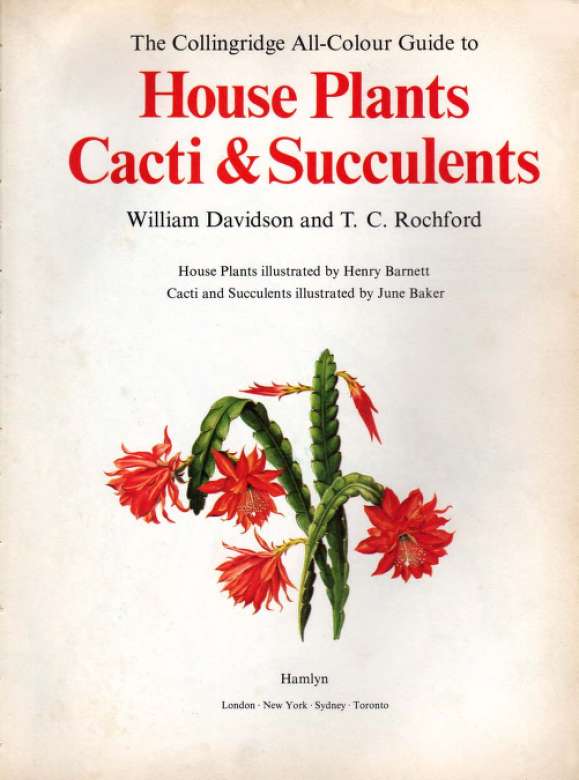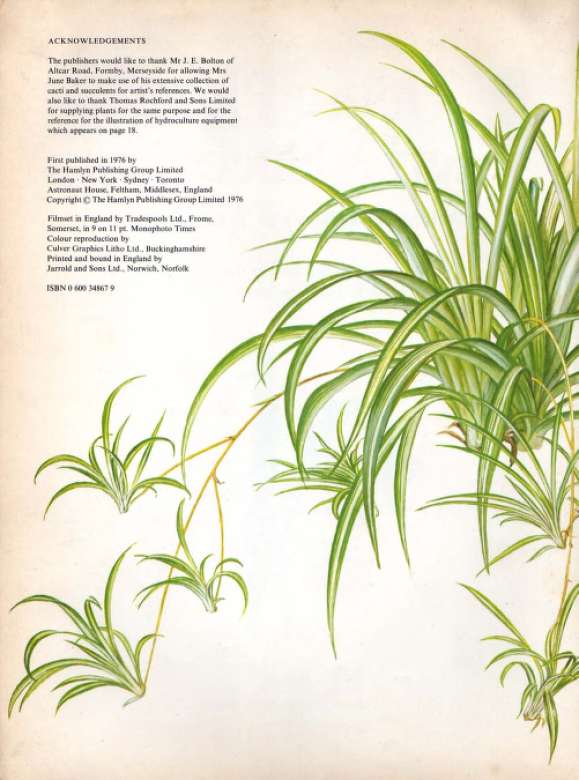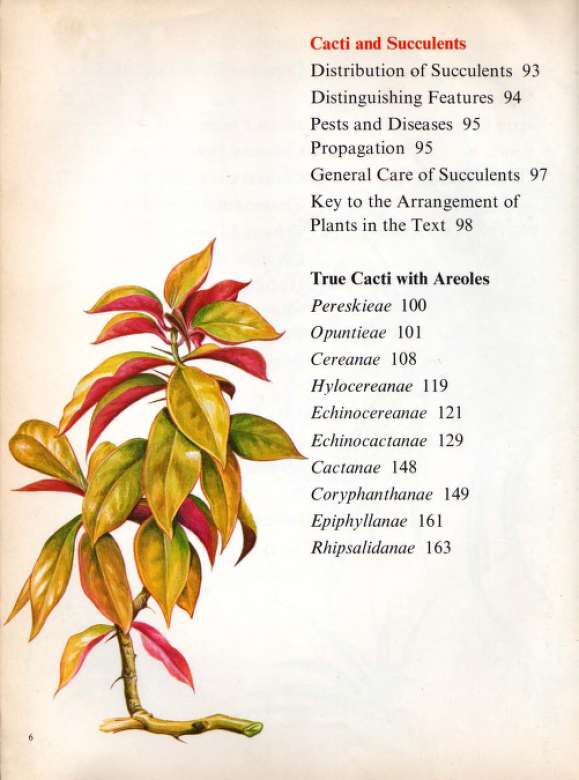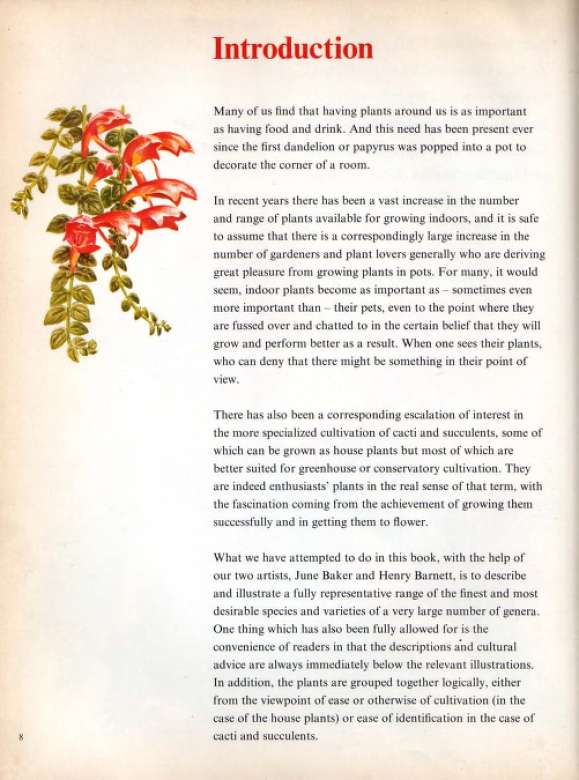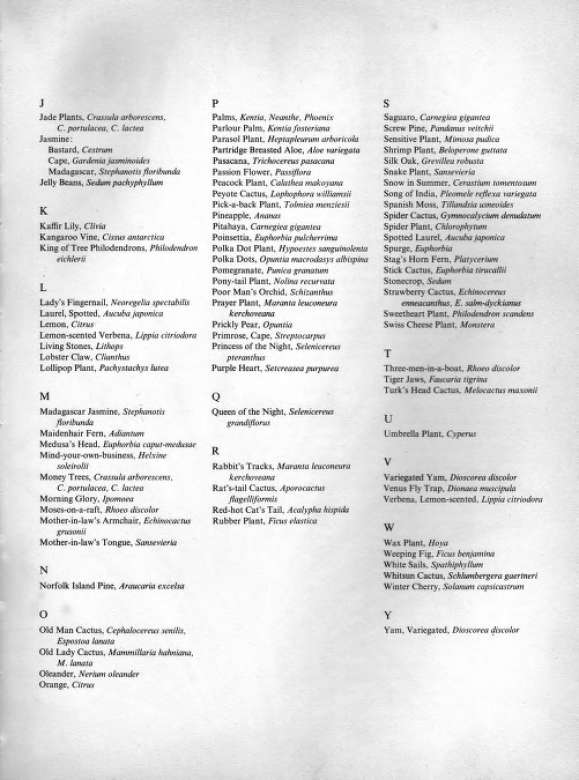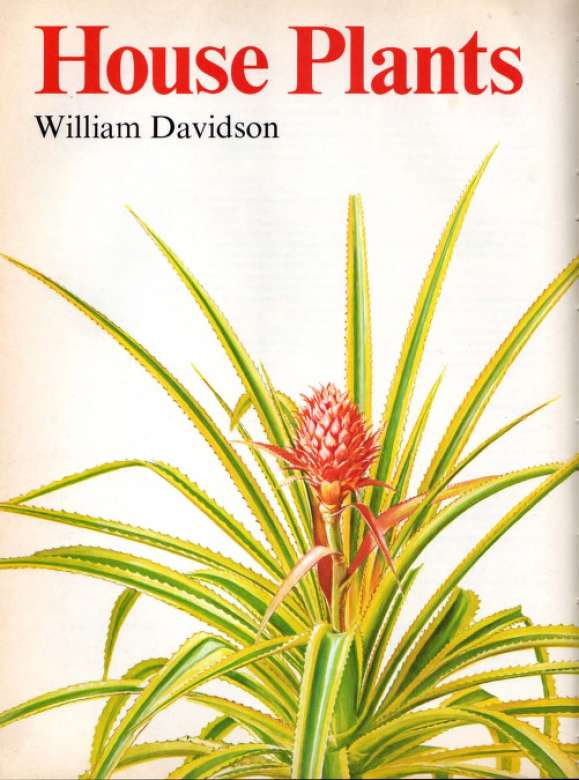Choosing House Plants
House plants are acquired in a number of ways: many as the resuli of making :i definite purchase, others are bough! on Lhe spur of the moment, some are grown from anting* offered by a friend or arrive as gifts. When choosing a plant for yourself it is possible to lake into account the all-imporlanl aspeel of home conditions, but with gifts all that tan be hoped for is thai the donor has made some allowance for the sort of conditions that the plant is likely to meet in its new home, as there is not much joy to be had from introducing tender plants to cold conditions that are going to be totally alien to them.
Quality plants may be a little more expensive, but they are usually the better buy in the long run. The general tidyness of the plant - clean pot. clean leaves, absence of pests and diseases, and growth that is neatly tied in position - will be an indication that the grower of that particular plant had its well-being in mind, and you can rest assured lhal it will give more satisfaction than the cheaper plant that has an untidy and uncared-for look. The place of purchase is also worthy of consideration, the warm shop or greenhouse that offers plants some protection from the elements will have better produce than the retailer w ho markets his plants from the pavement ouiside his shop.
General Care of House Plants
On paying for his plant almost every purchaser will ask the inevitable question 'How do I look after it?' If only the supplier could be exactingly precise and give the ideal needs for all his various plants in the way of temperature, light, feeding and. in particular, the precise amount of water required. If only he could then he would save us all a great deal of trouble.
Light. Many of the plants we can be reasonably specific about, but the majority must be covered by more general advice. And in this respect room conditions that are light, airy and reasonably warm [minimum temperature 13 C(55F)] will offer plants a much belter chance of prospering than conditions that are wet and cold, or hot and dry. In fact, the worst possible conditions are a combination of high temperature and dry atmosphere, because nol only are pests more prevalent ihen but the plants' resistance is much lower. To alleviate the effects of a dry atmosphere some w ay must be found of increasing the humidity; this can be helped by plunging the plant pots to their rims in moist peat or standing them on a layer of gravel which is kept moist.
Good lighl should nol necessarily be interpreted as exposure to direct sunlight, as the majority of indoor plains will be adversely affected if stood ill direct sunlight for long periods. The sunny window-sill is line
Two ways of increasing liumidiii r left, plunging itii' pui in : ri'Jn. >[:irnluiu [In- (in muisi r:m-l
in winter when the heal of the sun is less intense, but most plants will suffer as a result of strong summer sun beating down on them. Plants with variegated or highly coloured foliage, such as the croton, will require lighter positions than plants wiih purely green foliage. Here again, however, we have exceptions as most of the maranlas and calatheas have colourful foliage but it is essential that they are not exposed to direct sunlight.
Rooms with small windows offering poor light would also be ill suited to all but the toughest of indoor plants, such as the ^rcen-k^n l'h.iit> .'cantlens and RhotcLisus ilitii'ii^'iiicti. Should there be no alternative to badly lit conditions then it is better to forget about plants and think of other ways of improving the appearance of the home surroundings.
Watering. How much, how often, from the top. from the bottom of the pot, hard or soft water, in the morning or the evening': 1 These are only some of the questions that are asked on the difficult subject of proper watering. All sorts of devices are available for assisting the novice when it comes to watering, but few of them compare with pulling a linger in the compost to test whether it is wet or dry. The most important advice concerning watering is to warn the wielder of the watering can tha! more plants die as a result of over-watering than ever die lis a result of drying out, so it is advisable to err on the side of dry rather than wet conditions. When the compost is permanently sodden then the roots in the pot become inactive and in time rot and die. However, once again there are exceptions, such as cyperus and azalea, lhai u ill i|iiickly decline if Che compost dries out for any length of time.
Plants may be watered from the top or the bottom; it makes little difference provided the compost is 14 thoroughly saturated each lime the pot is watered.
Small amounts of water do little more than moisten the top inch ofcompost and merely serve to tantalize rather than water the plant. With the flowering plants such as sainlpaulia it is important thai water is kept off the leaves and flowers; the flowers in particular will develop brown patches and die off rapidly should they become
When contemplating going on holiday the collection of indoor plants can he something of a problem. Neighbours and friends are often apprehensive ahout the prospeel of earing for someone else's treasured
returning holiduymaker linds that his prize collection has been reduced to a mass of dead and dying leaves. When leaving plains for someone else to care for give
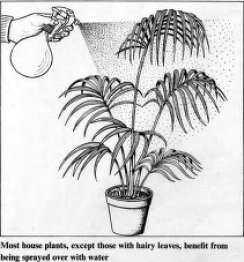
them precise instructions concerning the amount of water and fertilizer required by each plant. The neighhour can then take on the onerous task with a little more confidence! For short absences the plants can be placed on a bed of wet sand in a basin.
Despite the damage that may be caused to flowering plants, the majority of foliage plants will benefit from being regularly sprayed over with a fine mist spray -a treatment that will also help to combat the dry conditions prevailing in centrally heated rooms. Wherever possible, when watering or spraying, it will be advisable to use rain water, as hard tap water is less suitable and will leave a lime deposit on the leaves. Not everyone has lacuilie-. lor collecting ram water, but all is not lost as hard tap water can be softened by immersing a small hessian sack of peat in a bucket or tub of water. Chemically softened water should never be used for plants.


